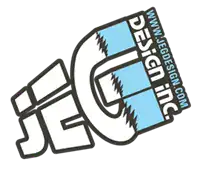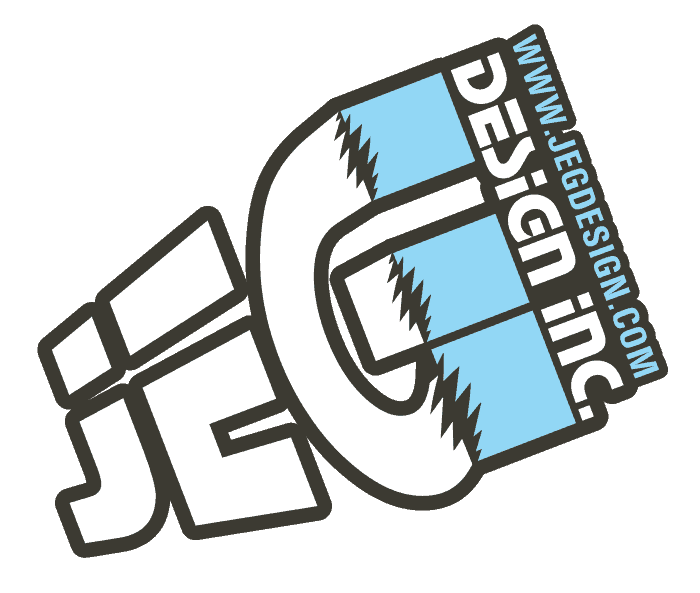As we move into the second half of the 2020s, the world of web development is evolving faster than ever. One of the most significant changes in recent years is the rise of headless CMS platforms. But with traditional CMS platforms like WordPress and Joomla still widely used, many businesses and developers are left wondering: which content management system is better for your website in 2025?
In this blog, we’ll break down the key differences between headless CMS and traditional CMS, highlight the pros and cons of each, and help you determine which one is best for SEO, scalability, and user experience in the modern digital landscape.
What is a Traditional CMS?
A traditional CMS (Content Management System) is a monolithic platform that combines the content backend with the frontend presentation layer. Examples include WordPress, Drupal, and Joomla. These systems offer a one-stop solution: users can create, manage, and display content all within a single interface.
Key Features of Traditional CMS:
• Built-in themes and templates
• Plugins and extensions for added functionality
• A WYSIWYG editor for ease of use
• Content and frontend tightly coupled
Advantages:
• User-friendly: Great for non-technical users who need to build and update websites quickly.
• Community support: Popular platforms have large communities, making it easier to find help, plugins, and themes.
• Quick setup: Ideal for blogs, portfolios, or small business sites that need a fast and simple solution.
Disadvantages:
• Limited flexibility: Customization is often restricted by the platform’s architecture.
• Performance issues: Over time, added plugins and themes can slow down performance.
• Scalability challenges: Not ideal for large, multi-platform or app-driven projects.
What is a Headless CMS?
A headless CMS decouples the backend content management from the frontend presentation. Instead of dictating how content is displayed, a headless CMS provides content via APIs, allowing developers to build the frontend using any framework or language they prefer.
Popular headless CMS platforms include Contentful, Strapi, Sanity, and Prismic.
Key Features of Headless CMS:
• API-first architecture (RESTful or GraphQL)
• No frontend attached (“headless”)
• Supports multi-channel content delivery (web, mobile, IoT)
• Flexible backend for content modeling
Advantages:
• Flexibility: Developers can build custom frontends for different platforms.
• Performance: Faster load times with optimized frontends and content delivery networks (CDNs).
• Omnichannel ready: Ideal for businesses delivering content to websites, mobile apps, smart devices, and more.
• Future-proof: Easy to adapt as technology evolves.
Disadvantages:
• Steeper learning curve: Not ideal for non-technical users.
• Higher development cost: Requires frontend development expertise.
• No built-in templates: Everything from the design to the layout must be coded.
Headless CMS vs Traditional CMS: Key Comparisons
1. Flexibility and Customization
Headless CMS wins hands down when it comes to flexibility. Developers are free to use modern frameworks like React, Vue, or Angular to create bespoke frontends. Traditional CMS platforms are limited by their templating systems and plugins.
2. Performance and Speed
Headless CMS typically outperforms traditional systems in terms of speed and scalability, especially when paired with static site generators and CDNs. Traditional CMS platforms can become sluggish as content and plugins grow.
3. SEO Capabilities
This is a crucial factor in 2025, as search engines prioritize speed, user experience, and mobile responsiveness. While traditional CMS platforms like WordPress offer excellent SEO plugins, headless CMS setups can also be SEO-friendly—but require a more hands-on approach. Developers must ensure proper routing, metadata management, and indexing.
Best CMS for SEO in 2025:
• Traditional CMS: Easier for marketers to manage SEO without coding
• Headless CMS: Better performance and customization options for technical teams
4. Omnichannel Content Delivery
If your business needs to deliver content to multiple platforms—such as a website, mobile app, and digital kiosk—a headless CMS is clearly the better choice. Traditional CMS platforms struggle with non-web delivery.
5. Development Resources and Costs
Traditional CMS platforms are cheaper and easier to get up and running. Headless CMS systems require a larger budget, skilled developers, and more time to implement.
Web Development CMS Trends in 2025
Several trends are shaping the CMS landscape in 2025:
• JAMstack architecture: Headless CMS is a natural fit for the JAMstack (JavaScript, APIs, Markup), enabling better performance and scalability.
• Personalization and AI-driven content: More CMS platforms are integrating AI to offer personalized experiences. Headless CMS can plug into these systems more effectively.
• Composable architecture: Businesses are moving towards modular, API-based systems for agility. Headless CMS fits well into a composable tech stack.
• Security-first development: Decoupling the frontend reduces the attack surface compared to monolithic CMS platforms.
Which CMS Is Better for Your Website in 2025?
The answer depends on your specific needs:
Choose a Traditional CMS if:
• You need a quick and budget-friendly solution.
• You or your team lack development expertise.
• Your content is primarily web-based.
Choose a Headless CMS if:
• You need high performance and flexibility.
• Your content must be delivered across multiple platforms.
• You have a skilled development team and the budget to support it.
Final Thoughts
In 2025, there is no one-size-fits-all answer to the CMS debate. Traditional CMS platforms remain useful for many small to medium-sized websites, especially those managed by non-technical users. However, headless CMS is gaining momentum among businesses that prioritize performance, scalability, and future-ready infrastructure.
Understanding your audience, content goals, and development capacity is key to making the right choice. Whether you’re replatforming your business site or building a new one from scratch, consider both current needs and long-term vision.
At JEG DESIGN INC, we help businesses navigate the evolving digital landscape. If you’re unsure which CMS is best for your project, reach out to our team—we’re here to guide you toward the smartest solution for your future.



